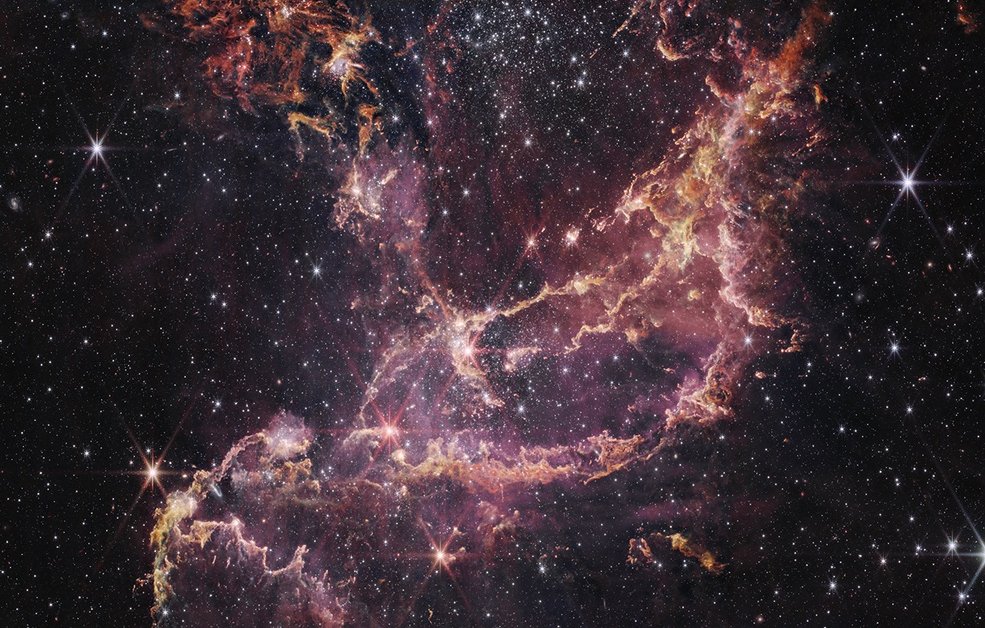Let's address some of the desperate claims related to whales having
vestigial organs. It is an evolutionary trope, that in many/all cases have been roundly debunked by real scientific development.
The human appendix and coccyx (tail bone

) being two of the more egregious examples.
If you scour the web, you will find various claims of whales having been found with vestigial limbs and other organs. Lets take a look at one such example that comes up a lot:
Often cited are the accounts from Russian or Japanese Whalers of 2 Sperm whales caught with
"legs".
These legs are described rather optimistically as - "
a 5-inch tibia projecting into a 5½-inch “bump”, ".There is no forensic or photo evidence of this lump incidentally.
Now, a sperm whale is a good 62 feet long and a 14cm "bump" isn't going to look like anything other than a pimple and to claim it is a tibia rather an an unfortunate growth is typical of excitable evolutionary biologists.
There is a book called "The Dinosaur Heresies", by renowned evolutionary paleontologist Robert Bakker.In it he claims that whales have been hauled in with a hind leg, complete with thigh and knee muscles, sticking out of its side. Of course he gives zero supporting documentation to back his most audacious of claims.
Whales, as with other creatures are occasionally found with anomalous bone growths generally measuring just inches and either fused to other bone or free floating in tissue. These are invariably hailed as vestigial tibias by the magical thinking among us, but there is no evidence of them as being anything other than mutational defects or the result of past injury and scarring . In a similar same way, people can be born with extra fingers, ribs, nipples, etc, or bony growths or lumpy tissue resulting from injury or some other pathology
More to come on this topic



